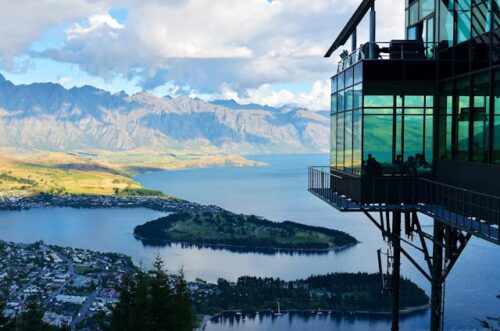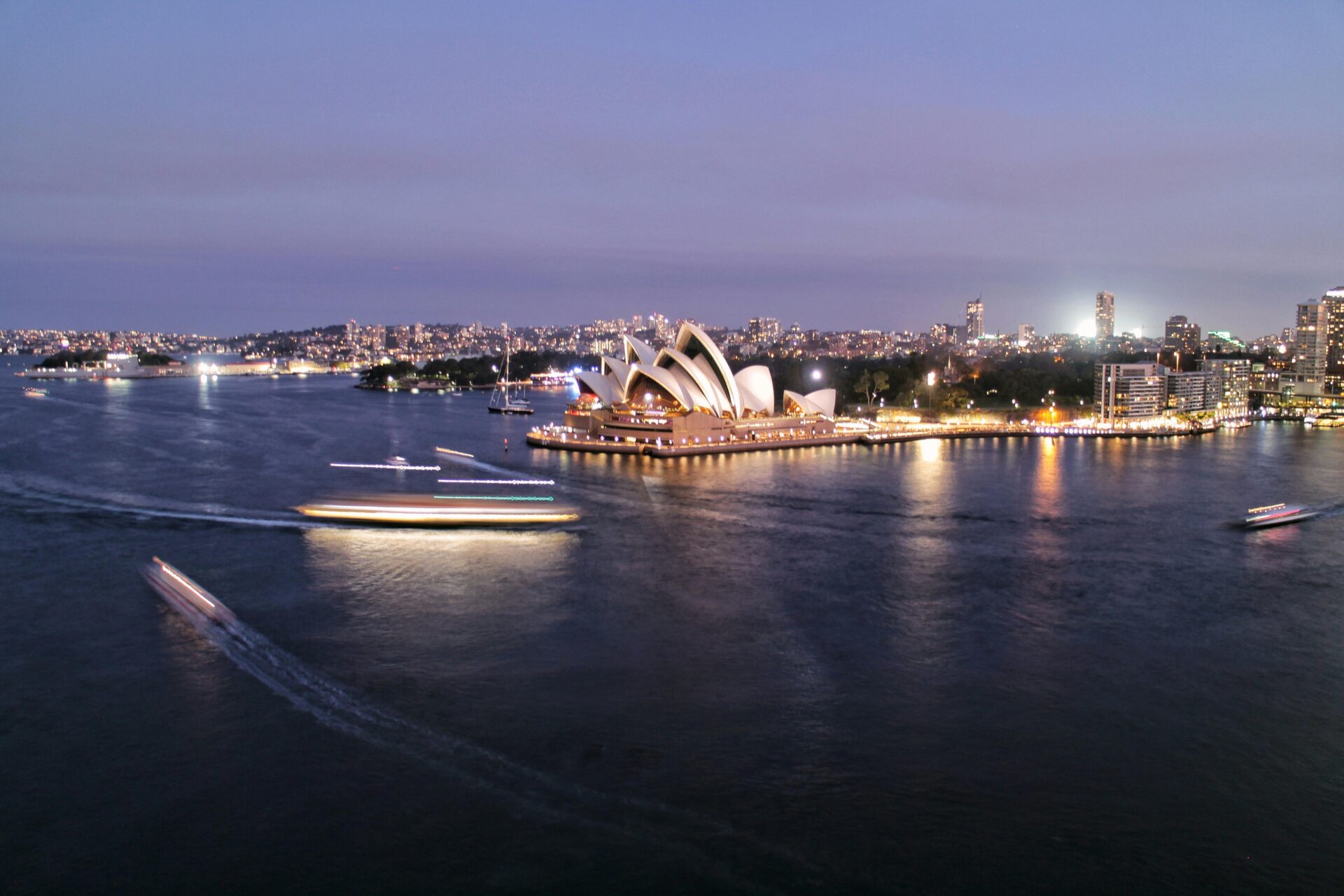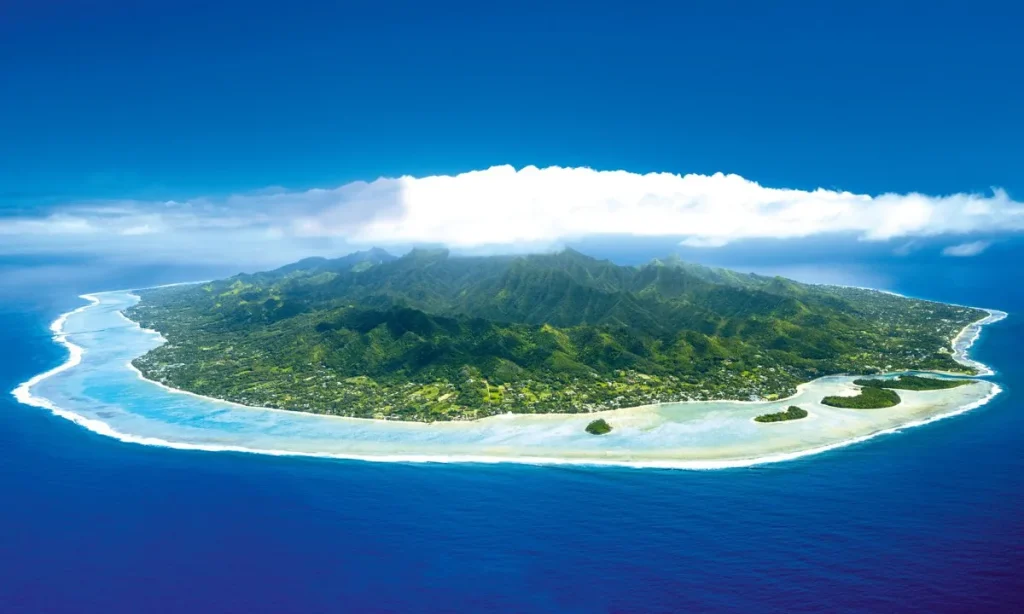Far from the world’s busiest crossroads, Oceania stretches across the vast Pacific, scattered like jewels over turquoise waters. Small in population but rich in contrasts, this remote corner of the globe blends wild beauty with a fascinating mix of histories, cultures, and ecosystems. From the white shores of Polynesia to Australia’s red deserts, Oceania offers landscapes that feel both timeless and otherworldly.
Geography and Composition
Oceania’s footprint spans tropical, subtropical, and temperate zones, with more than 10,000 islands spread across the Pacific. These islands are grouped into four main regions: Australasia, Melanesia, Micronesia, and Polynesia. The variety is staggering—from the massive landmasses of Australia and Papua New Guinea to tiny coral atolls barely breaking the surface of the sea.
Here you’ll find the lush, mountain-framed horizons of New Zealand, the varied ecosystems of Australia, and the culturally rich, untamed islands of Papua New Guinea. Remote South Pacific paradises like Fiji and the Cook Islands complete the picture, each offering its own distinctive beauty.
In the Heart of the Pacific
Set deep within the Pacific Ocean’s tropical and subtropical belts, Oceania’s islands enjoy some of the most striking seascapes on the planet. The famous Bora Bora, with its glass-clear turquoise lagoon, or the postcard-perfect beaches of Fiji are just the beginning.
The shorelines range from black volcanic sands in Polynesia to the classic white beaches of Micronesia and Australia. Inland, you’ll find landscapes as varied as the Great Barrier Reef, New Zealand’s geothermal wonders, and the vast, sunburnt Outback—a collection of natural marvels that together define Oceania’s allure.
Countries That Define the Region
 Several nations stand out as symbols of Oceania’s appeal. Australia dazzles with icons like the Sydney Opera House and the Great Barrier Reef. New Zealand enchants with fjords, glowworm caves, and soaring mountain ranges. Papua New Guinea remains a land of tribal traditions and untouched rainforests.
Several nations stand out as symbols of Oceania’s appeal. Australia dazzles with icons like the Sydney Opera House and the Great Barrier Reef. New Zealand enchants with fjords, glowworm caves, and soaring mountain ranges. Papua New Guinea remains a land of tribal traditions and untouched rainforests.
Smaller island nations add their own magic: Fiji’s warm welcome, the mystery of Easter Island, and the unspoiled beauty of the Solomon Islands each bring a unique thread to Oceania’s cultural and geographic tapestry.
A Climate of Many Faces
Oceania’s climates are as varied as its terrain. Tropical warmth and humidity dominate much of the Pacific, while Australia and New Zealand feature temperate zones, alpine regions, and even arid deserts. Polynesian islands bask in year-round sunshine, New Zealand’s rainforests stay cool and green, and Australia’s center glows in shades of red and gold.
Nature adds drama through seasonal cyclones, sudden downpours in tropical jungles, and the crisp air of mountain highlands. This range of climates creates a constantly changing backdrop for exploration.
Wildlife and Plant Life Like Nowhere Else
Oceania is a sanctuary for species found nowhere else. Australia’s kangaroos, koalas, and wombats are just as iconic as New Zealand’s flightless kiwis. Papua New Guinea is home to dazzling birds-of-paradise, while the region’s reefs teem with marine life—from giant manta rays to schools of vividly colored fish.
The Great Barrier Reef, the largest coral system on Earth, is a world in itself, as vital to the planet’s biodiversity as it is beautiful. On land and underwater, Oceania’s wildlife is a constant draw for nature lovers and ecotourists alike.
People and Places
Though Oceania is the smallest continent, its cultural and ethnic diversity is immense. Indigenous communities—Maori in New Zealand, Aboriginal Australians, and dozens of Pacific Island cultures—have deep-rooted traditions intertwined with their environment.
The region’s history reflects both resilience and adaptation, shaped by ancient migration routes, European colonization, and modern globalization. Today, its languages range from centuries-old indigenous tongues to English, French, and other global languages.
Challenges and Opportunities
Like many regions, Oceania faces environmental threats such as climate change, which impacts fragile island ecosystems and coastal communities. The legacy of colonization has also left complex political and social challenges. Yet the continent’s rich cultural heritage, natural resources, and growing role in global dialogue position it as both a guardian of tradition and a voice for sustainable futures.
Conclusion
Oceania remains one of the world’s least explored and most captivating regions. With its mix of untouched wilderness, rare wildlife, vibrant cultures, and dreamlike seascapes, it offers an experience unlike anywhere else. For those willing to venture far from the familiar, the rewards are as endless as the Pacific horizon.
- Sobre el Editor
- Ultimos posts cargados




